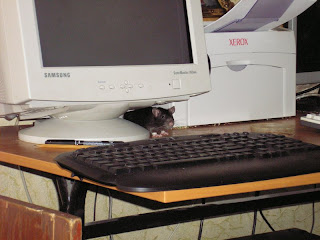Preparations
First of all you need to have git installed. I will use Ubuntu installation in this example. But I think everything should be almost same on other Linux.
git clone https://github.com/symfony/symfony-docs.git
git clone https://github.com/fabpot/sphinx-php.git
First line will clone a Symfony 2 documentation and second one will clone an extension for viewing different code snippets. You can use sphinx-builder as is. But you will not see some parts. Next you need a python-setuptools installed:
sudo apt-get install python-setuptools
sudo easy_install -U Sphinx
Second command will install Sphinx (sphinx-build, sphinx-quickstart and sphinx-autogen). You can use a default Ubuntu shinx-build but I found it's outdated.
Let's build it!
Now all is ready. Let's do it. Prepare to answer questions about how you want to have all documentation built. To just read documentation you can answer all questions as their defaults.
cd symfony-docs
cp index.rst index_.rst
sphinx-quickstart
You need to copy index.rst, as program assumes you are just starting with documentation.
After you have answered all questions you need to copy back an index.rst
mv index_.rst index.rst
Now you need to add an extension from sphinx-php repository. Just open config.py with your favorite editor and add after code import sys, os:
sys.path.append(os.path.abspath('../sphinx-php'))
And add extension to extensions hash:
#was before
extensions = ['sphinx.ext.autodoc', 'sphinx.ext.intersphinx', 'sphinx.ext.pngmath']
#after
extensions = ['sphinx.ext.autodoc', 'sphinx.ext.intersphinx', 'sphinx.ext.pngmath', 'configurationblock']
If you have selected to make a Makefile you are ready to go with building a doc with.
make html
This will generate a doc in _build/html/index.html If you choose not to make a Makefile:
sphinx-build -b html ./ ./_build/html
That's it!




